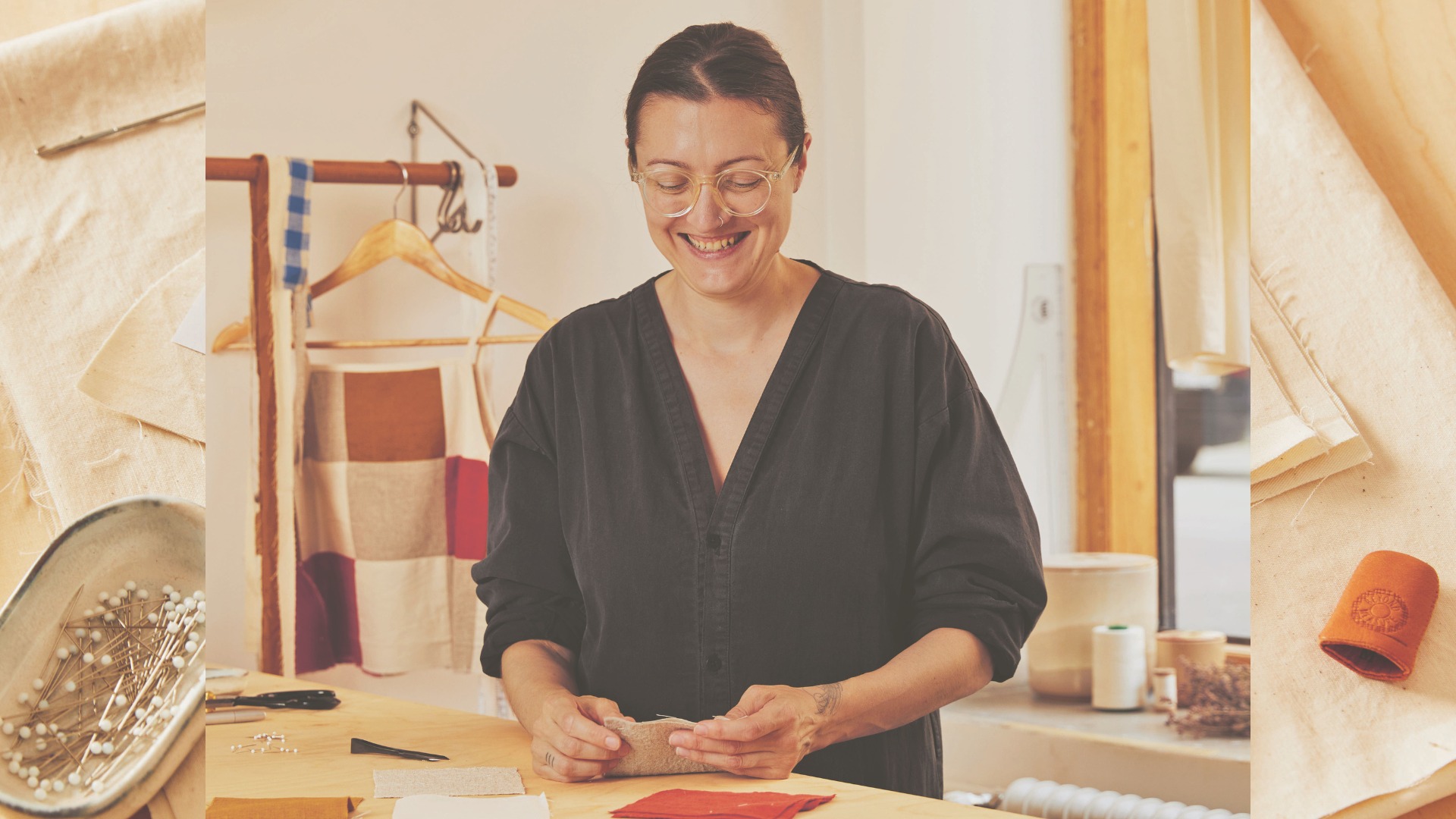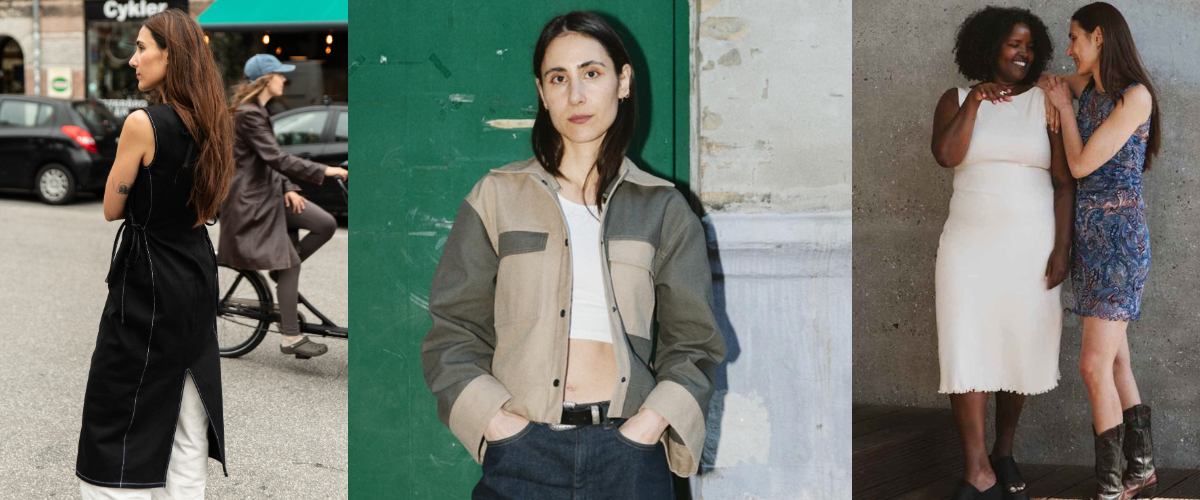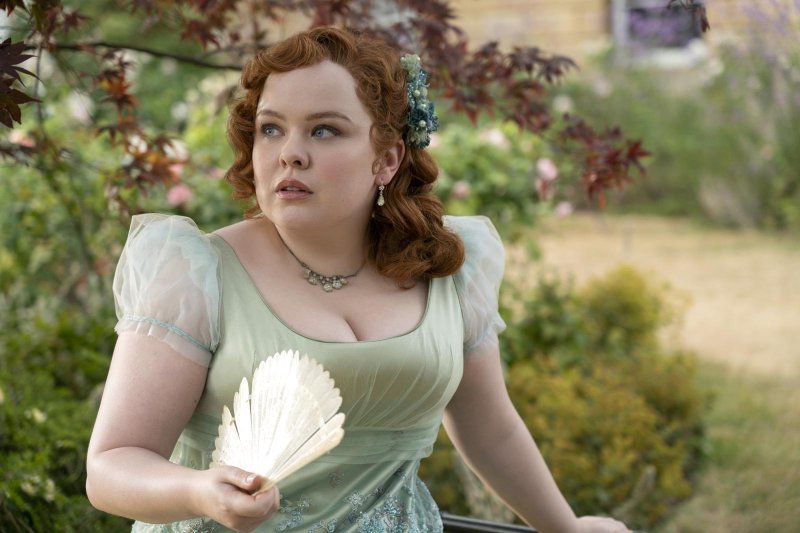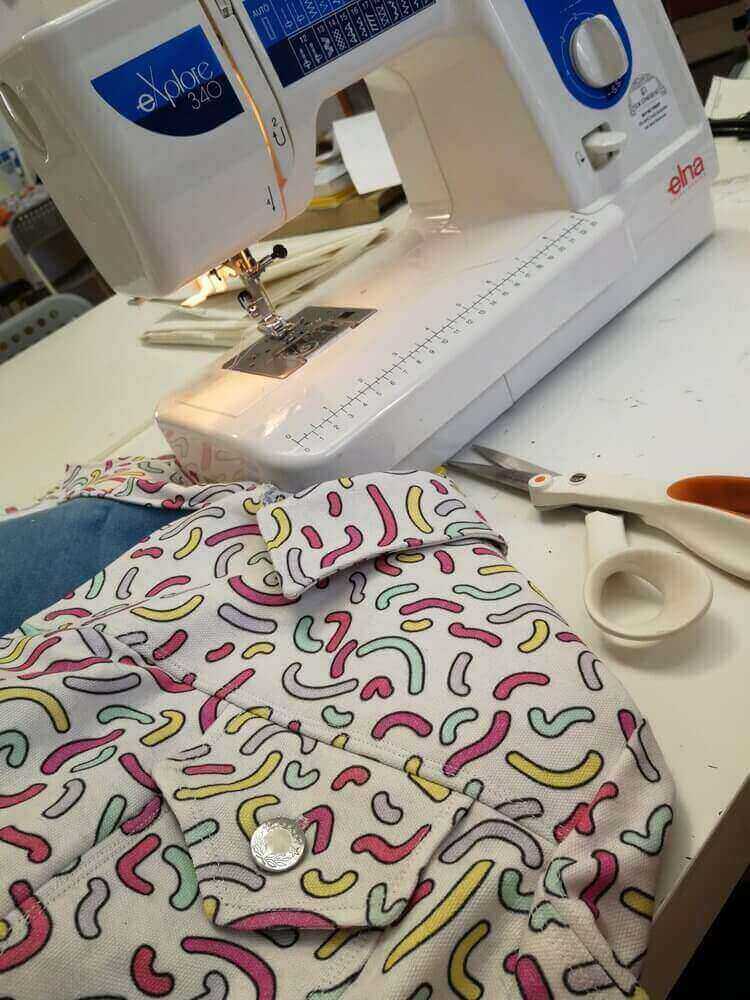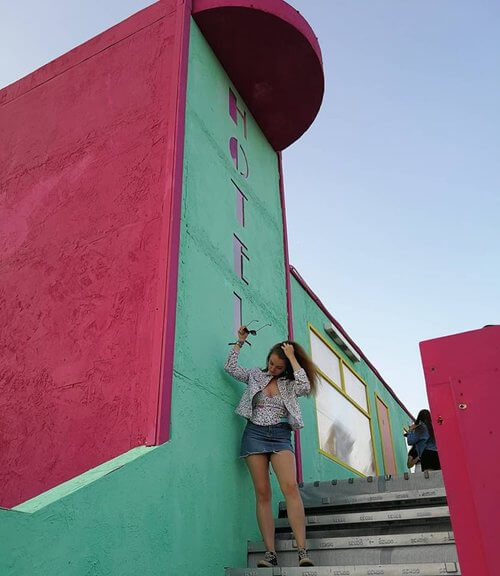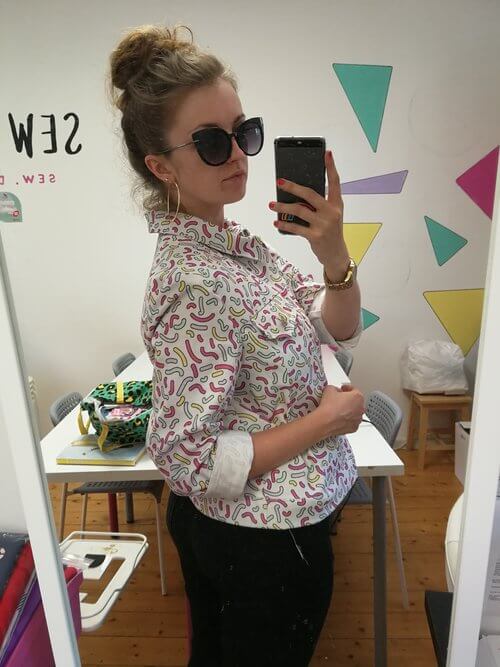With this months theme being all about creating your own, ‘me-made’ capsule wardrobe, I thought it would be interesting to not only tell you some of my pattern choices but explore the history behind them! In this first post I will be looking at all things outer wear. Remember to keep us updated on your capsule wardrobe makes this month by tagging us and using #SCcapsulewardrobe !
The Trench Coat
The trench coat was developed as an alternative to the heavy serge greatcoats worn by British and French soldiers in the First World War. Invention of the trench coat is claimed by two British luxury clothing manufacturers, Burberry and Aquascutum. Usually made from of waterproof heavy-duty cotton gabardine drill, leather, or poplin. The classic versions come in various lengths ranging from just above the ankles (the longest) to above the knee (the shortest). Traditionally this garment is double-breasted with 10 front buttons, has wide lapels, a storm flap and pockets that button-close. The coat is belted at the waist with a self-belt, as well as having straps around the wrists that also buckle (to keep water from running down the forearm when using binoculars in the rain). The coat often has shoulder straps that button-close; those were a functional feature in a military context. Originally the trench coat was an item of clothing for Army officers (developed before the war but adapted for use in the trenches of the First World War, hence its name). Trench coats have remained fashionable in the decades following World War II. Their original role as part of an army officers uniform lent the trench coat a businesslike respectability, although many prefer to tie the belt in front (rather than use the buckle) to project a more casual look than strict military dress.
Want to learn how to make your own Trench coat? Book on to Jennys Trench Coat Class now!
The Denim Jacket
Denim blue jeans trace their history back to 1860s Italy — if not earlier –the rugged bottoms haven’t gone out of fashion since, and over time have worked their way up to the top half of the body, sported by figures as iconic as Marilyn Monroe and the Marlboro Man. Todays denim jacket exudes a sense of sturdy individualism, but it took many decades to establish itself as a pillar of fashion. Around 1905, American jeans manufacturer Levi Strauss and Co. introduced the “Levi Blouse,” an outerwear shirt intended as a companion to work pantaloons. By 1938, the blouse was officially redubbed a “jacket.” Strauss produced six versions of the jacket through 1947, making minor additions and variations. The late 1940s and & 50s saw the denim jacket transition from workwear into day-to-day attire as Strauss introduced lightweight coats in its western wear line. Although Levis premiered a womens jean jacket in the late & 40s, a denim-wearing Marilyn Monroe made the piece fashionable for mainstream women — cementing the jacket as a unisex staple — during a 1950s photo shoot. For men, icons such as James Dean helped to associate the denim jacket with a sense of individualism. By 1962, Levis settled on the double-breast pocket featured on most modern jean jackets. Later, hippie culture experimented with everything from shearling lining to sleeveless denim jackets. Want to learn to make your own like Sew Confident Colette? Check out our Denim Jacket Class!
Other news
Meet the Maker: Birgitta Helmersson
Get to know the zero waste master a bit better with us! Birgitta Helmersson is a Swedish-Australian designer currently based […]
PUFF AND PENCIL AT SEW CONFIDENT
Fashion forward Scandi styling- say hello to PDF patterns by Puff and Pencil! Grab your cuppa and settle in, ’cause […]
LIBERTY FABRICS X BRIDGERTON COLLECTION
IN OUR REGENCY ERA Hello Sew Confident sewists! Ready to be swept off your feet and into a world of […]

